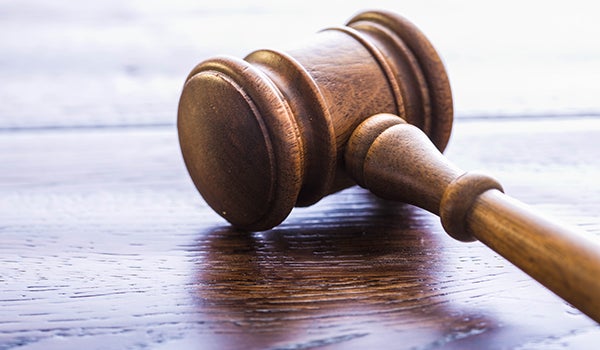Dowagiac offers rental rehabilitation program
Published 8:43 am Thursday, September 5, 2019
DOWAGIAC — On the first floor of Bow Wow Bakery and Bath, there is lots going on, with a dog being washed in one corner and owner Deb Rohdy sweeping up some dog hair in another. While the downstairs business is bustling, Rohdy said the upstairs, which encases an apartment, is not being used for anything.
“As I’ve gotten older, I just don’t have the money to spend for renovations,” Rohdy said, as she explained how several other business owners downtown rent their upstairs out or use them as storage.
However, all that could all be changing as the city of Dowagiac announced it is accepting applications to give funding towards upper-floor apartment developments.
On Tuesday, the city announced its plan to apply for the Community Development Block Grant fund from the U.S. Department of Housing and Urban Development offered through the Michigan Economic Development Corporation. The grant would support the development or renovation of high quality and affordable rental housing in downtown Dowagiac.
“The continued conversion of unusable, upper-floor space into residential housing is beneficial to the property owner and also to the community,” said Vickie Phillipson, program director for the Dowagiac Downtown Development Authority and Greater Dowagiac Chamber of Commerce. “It enhances the vibrancy of our central business district.”
Through the rental rehabilitation program, property owners are provided with a forgivable loan of up to $60,000 to develop each apartment. Per the guidelines, property owners still have to contribute 25 percent of the total project cost for each rental unit.
Tom Underwood, owner of Underwood’s Shoe Store, said his family has owned the store and its two upstairs apartments since 1950. He said he looked into renovating the upstairs apartments at one time, but ultimately decided not to because the apartments also had to be low income housing.
“My mother was living upstairs in the one apartment,” Underwood said. “I didn’t want to have anyone else living up there too.”
Now, Underwood is trying to sell his whole building and looking forward to his retirement.
According to the rental rehabilitation program, at the time of the initial lease, 51 percent of the renovated apartments in a building must be rented to low-to-moderate income households. If two apartments are being developed in a building, the second apartment is allowed to be rented at market rate. Rent can also be increased to market rate, after the first low-to-moderate income tenant has chosen to relocate.
Based on the U.S. Department of Housing and Urban Development guidelines, rent for low-to-moderate income households depends on the total gross income for all household residents. In this fiscal year, one person in Cass County can make up to $35,150; two people can make up to $40,150; three people can make up to $45,150.
“A number of building owners, within the last 10 to 15 years, took advantage of a similar program,” Phillipson said. “Funding at that time only provided for a loan of up to $35,000 per apartment. Today’s program has been significantly strengthened in favor of our property owners.”
Sue Kazlauskas said her parents, in 1989, were some of the first people in the downtown to start renting out a large luxury looking apartment. Kazlauskas eventually took over ownership of the apartment. She went through a rental rehabilitation program herself and found it beneficial.
“Not only was I able to rehab and update my apartment, I was able to rent it to someone,” she said. “You had to stay within a certain amount of money for rent. Once that renter was out, you could go back to charging what you wanted.”
Kazlauskas is now out of the program and can charge what she wants, but stays reasonable, she said.
“People used it downtown. It was an affordable way to either redo your apartment or bring it up to date,” she said.







